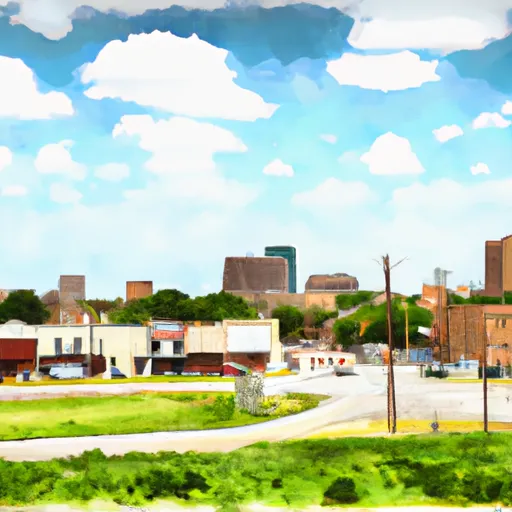°F
°F
mph
Windspeed
%
Humidity











Lawn, Texas is a small rural community located in Taylor County, West Texas. Known for its picturesque landscapes and open spaces, Lawn provides a serene and tranquil environment for residents and visitors alike.
The climate in Lawn is classified as a semi-arid climate, characterized by hot summers and mild winters. Summers are typically long and hot, with temperatures often reaching the mid to high 90s Fahrenheit. Winters are relatively mild, with temperatures averaging in the 50s Fahrenheit. Precipitation is limited, with most rainfall occurring in the spring months.
The hydrology constituents in Lawn mainly revolve around the Colorado River, which flows nearby. Additionally, the area's water supply relies on groundwater sources, with a few local wells serving the community.
Lawn offers various outdoor recreation opportunities, particularly for nature enthusiasts. The region is surrounded by beautiful natural landscapes, making it ideal for hiking, camping, and birdwatching. Nearby Lake Abilene also provides opportunities for fishing, boating, and picnicking. With its peaceful atmosphere and abundance of outdoor activities, Lawn is a great destination for those seeking a getaway immersed in nature.
Weather Forecast
Lawn receives approximately 630mm of rain per year, with humidity levels near 75% and air temperatures averaging around 18°C. Lawn has a plant hardyness factor of 8, meaning plants and agriculture in this region tend to thrive here all year round.
Regional Streamflow Levels
3
Cubic Feet Per Second
2
Cubic Feet Per Second
7
Cubic Feet Per Second
6
Cubic Feet Per Second
Nearby Camping
| Camping Area | Reservations | Toilets | Showers |
|---|---|---|---|
| Ballinger City Park | |||
| Kennedy Park - O.H. Ivie Reservoir | |||
| Lakeside - Hords Creek Lake | |||
| Padgitt Park - O.H. Ivie Reservoir | |||
| Stock Pen Crossing RV Park - Menard | |||
| Flatrock Park - Hords Creek Lake |



